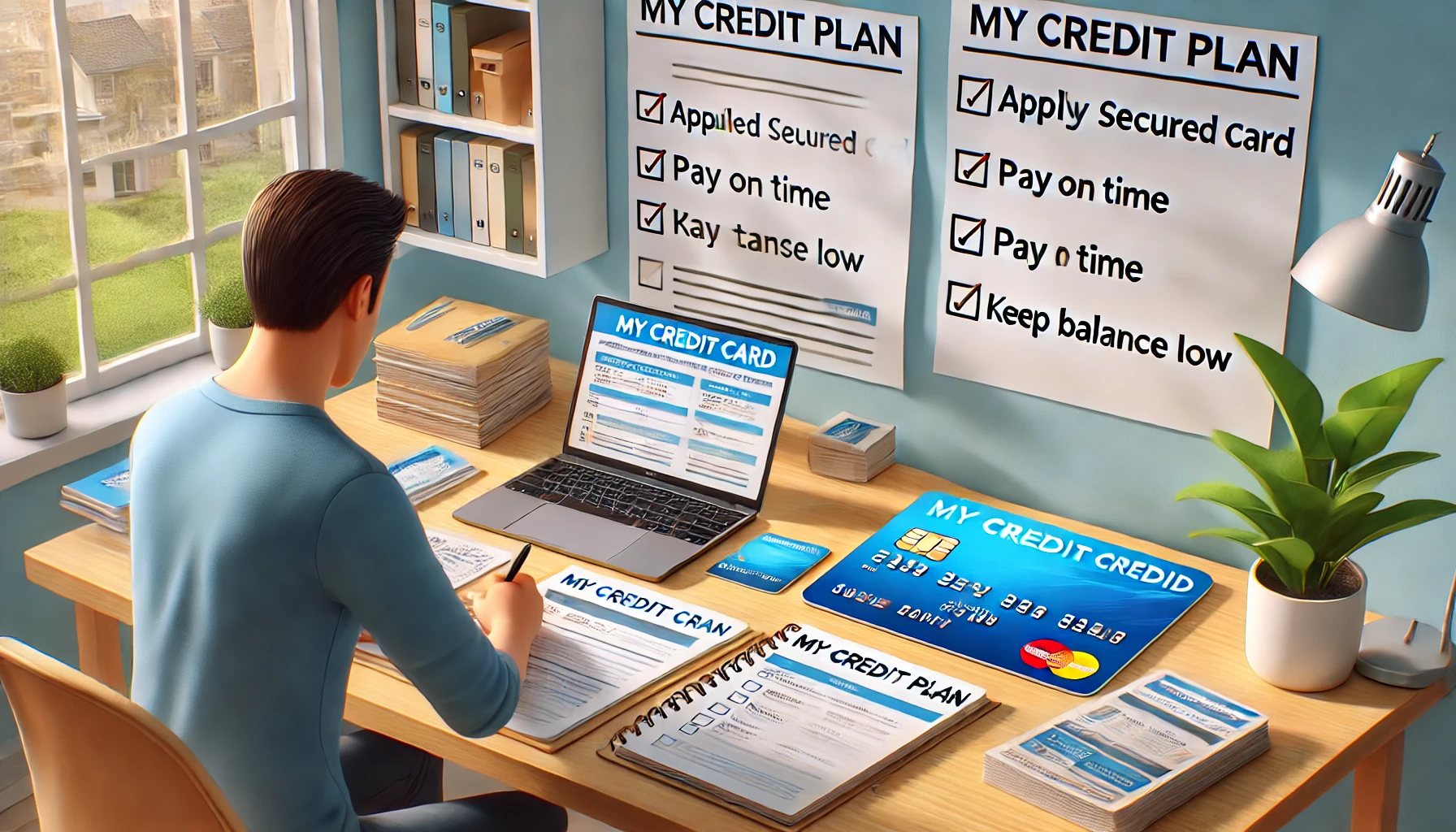Having good credit opens doors. Whether you want to rent an apartment, buy a car, get a job, or apply for a loan, your credit score plays a key role. But what if you’re just starting out?
In this article, you’ll learn how to build credit from scratch—even if you’ve never had a credit card, loan, or financial history before.
Why Building Credit Matters
Your credit score is a number that tells lenders how trustworthy you are with money. The higher your score, the more options (and better interest rates) you’ll get.
Good credit helps you:
- Qualify for loans and mortgages
- Get lower interest rates
- Secure better rental opportunities
- Save money over time
No credit history? No problem. Everyone starts somewhere.
Step 1: Understand What Affects Your Credit Score
In most systems (like FICO in the U.S.), your credit score is based on five key factors:
- Payment History (35%) – Do you pay on time?
- Amounts Owed (30%) – How much of your credit limit are you using?
- Length of Credit History (15%) – How long have your accounts been open?
- Credit Mix (10%) – Do you have a variety of credit types?
- New Credit (10%) – Have you opened several new accounts recently?
These rules help lenders decide how “risky” you are.
Step 2: Start With a Secured Credit Card
If you have no credit, getting approved for a regular credit card may be hard. A secured credit card is a great way to start.
How it works:
- You make a cash deposit (e.g., $200)
- That becomes your credit limit
- You use the card like normal
- You pay off the balance each month
After 6–12 months of on-time payments, you can often upgrade to a regular card.
Step 3: Use a Credit-Builder Loan
These loans are designed to help beginners build credit safely.
How they work:
- You borrow a small amount (e.g., $300–$1,000)
- The money is held in a savings account while you make payments
- Once fully paid, you get the money
Every payment is reported to credit bureaus—helping build your history.
Step 4: Become an Authorized User
Ask a trusted family member or friend to add you as an authorized user on their credit card.
Benefits:
- Their positive payment history appears on your credit report
- You don’t even have to use the card
Just make sure the main cardholder is responsible and has good credit!
Step 5: Pay On Time, Every Time
This is the most important rule of all.
Set reminders, automate payments—do whatever it takes to never miss a due date. Even one late payment can hurt your score early on.
Step 6: Keep Your Credit Utilization Low
Use less than 30% of your credit limit. If your card limit is $300, try to keep your balance under $90.
Better yet:
Use your card for one or two small purchases per month—like gas or groceries—and pay it off in full.
This builds positive history without risk.
Step 7: Monitor Your Credit Regularly
Check your credit reports for errors, fraud, or changes.
Tools:
- Free sites like Credit Karma, NerdWallet, or your bank’s app
- Official annual reports (e.g., annualcreditreport.com in the U.S.)
Being informed helps you catch problems early.
Step 8: Avoid Applying for Too Much Credit
Every time you apply for a new loan or card, it creates a hard inquiry, which can lower your score temporarily.
Only apply for new credit when you really need it—and space out your applications.
Step 9: Be Patient and Consistent
Building credit takes time. You won’t go from 0 to 800 overnight—but every on-time payment, every low balance, and every smart move builds your financial reputation.
Stay the course.
Final Thoughts: Build Your Credit, Build Your Future
Good credit is one of the most valuable financial tools you can have. It makes life easier, cheaper, and less stressful.
Start small. Be consistent. And remember: you’re not just building credit—you’re building trust, opportunity, and long-term peace of mind.
